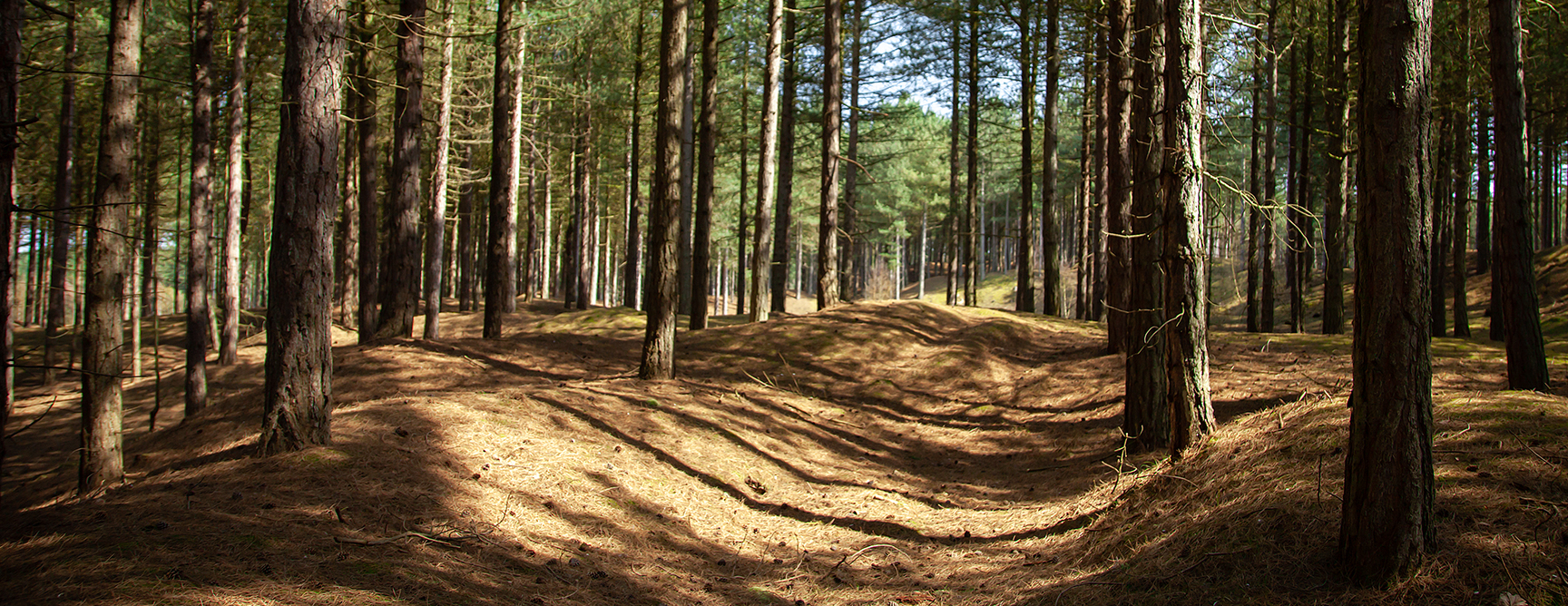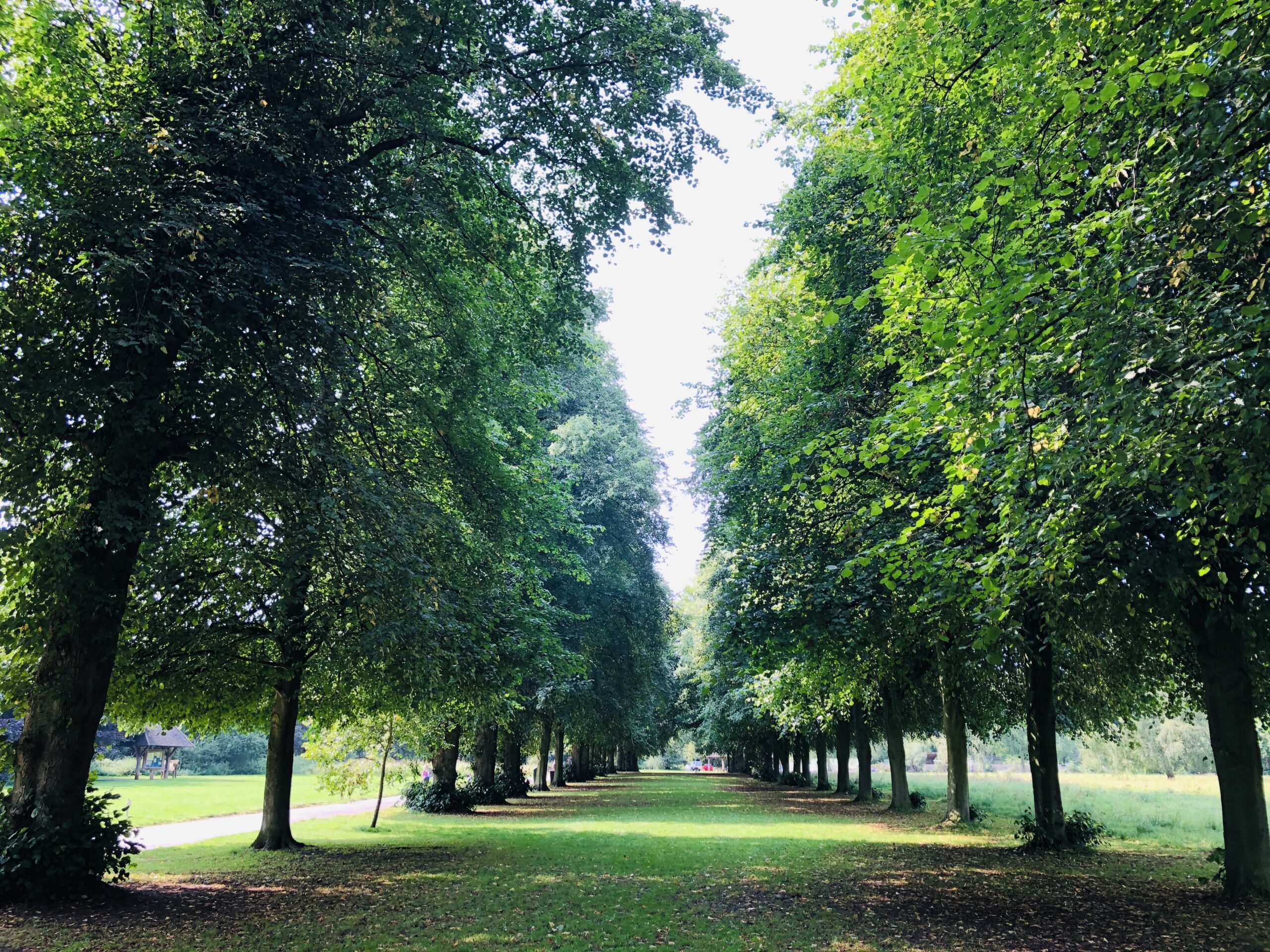

The Mersey Forest encompasses Cheshire and Merseyside. This covers 2,955 km2 and is home to over 2.5 million people.
We cover the local authorities of Cheshire East, Cheshire West and Chester, Halton, Knowsley, Liverpool, Sefton, St Helens, and Wirral. Warrington is also within the boundary of The Mersey Forest and, although not in the partnership, we still support some work in this area and can also support work within a ten mile radius of our boundary.
Our area includes the Sefton Coast, Cheshire Plain, Sandstone Ridge, and the Mersey Valley.
Our work spans both urban and rural areas, from planting trees in hard urban landscapes to incorporating new woodlands in rural areas. 16% of The Mersey Forest is urban, including Liverpool, Birkenhead, Chester, St Helens, Runcorn, Crewe and Southport. This is where most people in the area live and where trees can bring a lot of value for our communities. There are also significant rural areas, particularly in Cheshire, with a lot of agricultural land that is important for food security. There are opportunities here to incorporate trees and hedgerows into farms to support their businesses, improve soil health, help nature flourish, and lock up carbon.
The map shows the area we cover including a ten mile radius of our boundary. Working beyond our immediate boundary, and upstream of our vital rivers, allows us to protect communities at risk of flooding. We have partnerships across Cheshire and Merseyside and work with communities across the region.

We prioritise our work in areas where it is most needed, to add the most value for people, nature, and climate. This is informed by the latest evidence and mapping.

6.6% of The Mersey Forest is woodland, whilst 13.7% is covered by trees when we also include the important trees that are outside of our woodlands. This is below England’s total tree cover of 14.5%. There is a national target to increase England’s tree cover to 16.5% by 2050. Tree cover is not distributed equally. Areas such as Bold Forest Park and Delamere Forest have more trees, whilst urban centres and neighbourhoods can have a lot less.